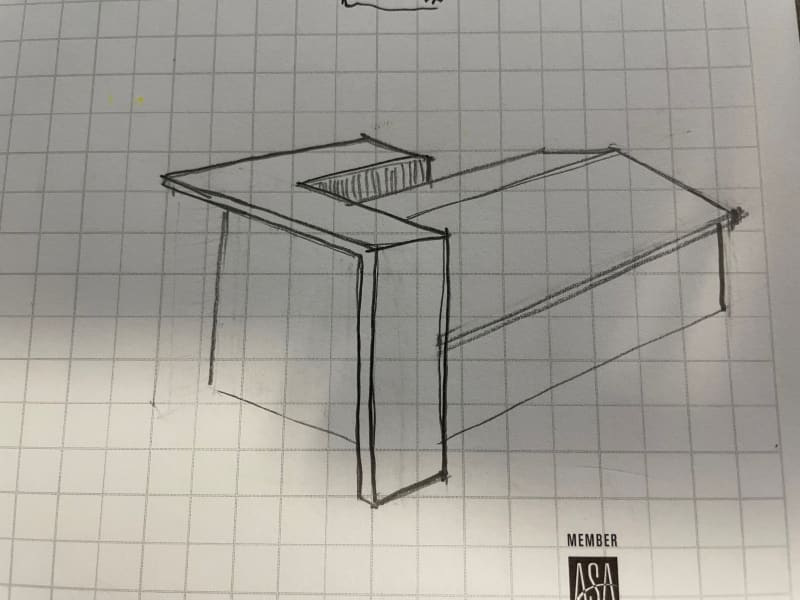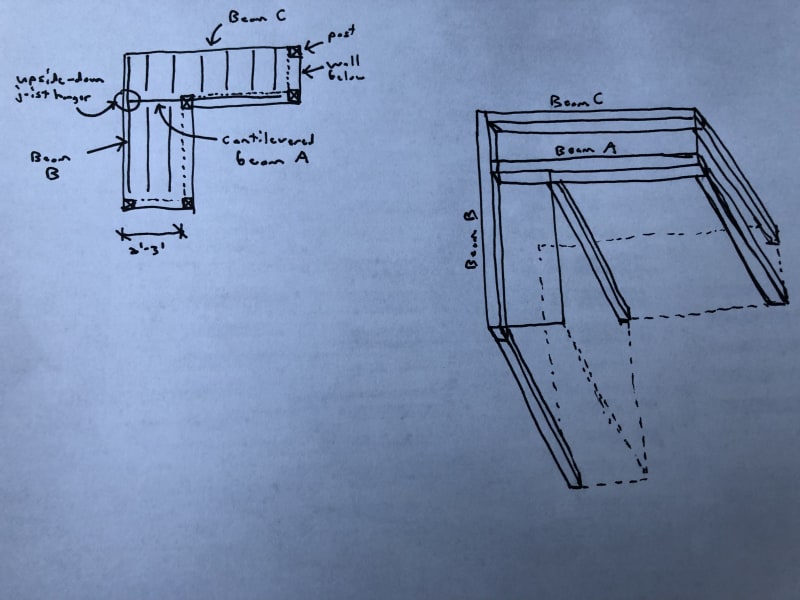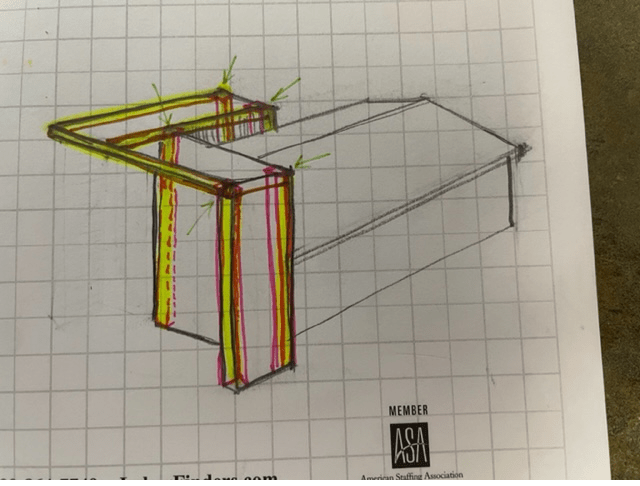Afullilove
Structural
- Jul 27, 2023
- 6
I was wondering what the constructibility would be on something like this in the sketch. I have a concept for a building with a parapet wall at the front which includes an accent overhang of 2-3'. I've seen this look in many modern projects but its usually tied to the main structure of the building. Would this be possible with traditional stick or metal framing? Thanks




